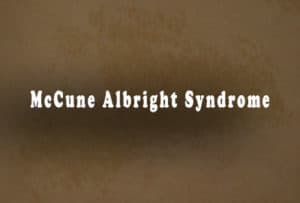When I have just started my cardiology training, I could interpret some common ECG findings, but for more challenging ones it took quite some time to figure out all the abnormalities. Sometimes I missed one or two subtle lead changes. In contrast, the senior cardiologists could look at an ECG strip for 3 seconds and said the accurate diagnosis. I kept wondering about their speed and accuracy in interpreting ECGs. I tried so hard but I could no way achieve this skill. So, one day I decided to ask my Professor about the solution of this problem.
What the professor said
I asked the cardiology professor, why can’t I read the ECGs as fast as you can? The professor said that he have seen millions of ECGs in his life and he already knows about all possible ECG changes that are expected to be present for each individual cases. He mentioned that he keeps all these as pictorial memory as well. When one image doesn’t match with the image of the normal ECG then his eyes immediately get fixed on the particular abnormal leads.
What my medical school tought me
I learnt during my undergraduate medical course to read the ECGs in a sequential order – first, we need to calculate the heart rate, then look at the rhythm, next the morphology of each leads, after that the ST segment changes, lastly the intervals (PR, QT, etc). This technique may be good for clearing exams but in real-life situations, this felt more time-consuming.
What I did to improve
As per my Professor’s suggestion, I started to look at a lot of ECGs. I made sure that I have viewed at least 50 ECGs for commoner conditions and 20 ECGs for the rarer ones. Simultaneously I also read a good ECG book to match the findings with the actual ECG strips I am viewing. After two months of doing this a lot of different ECGs got fixed in my pictorial memory. For example – I came to know how the image of a Trifacicular Block should look like in the ECG strip. Whenever I saw a new Trifacicular block ECG I could instantly compare that ECG with the one that is preserved in my pictorial memory, and within 5 to 6 seconds I could reach a diagnosis. I felt no need to read the ECG in sequential order as taught in my medical school.
In the end
If you want to read the ECG at a glance then there is no alternative to look at thousands of ECGs. It will create pictorial memory in your brain. You can do the picture to picture comparison in your brain. If you find some abnormalities then you can dig into it and look for associated changes. There is no need to interpret all ECGs in a textbook fashion. This is how to read ECGs faster!


